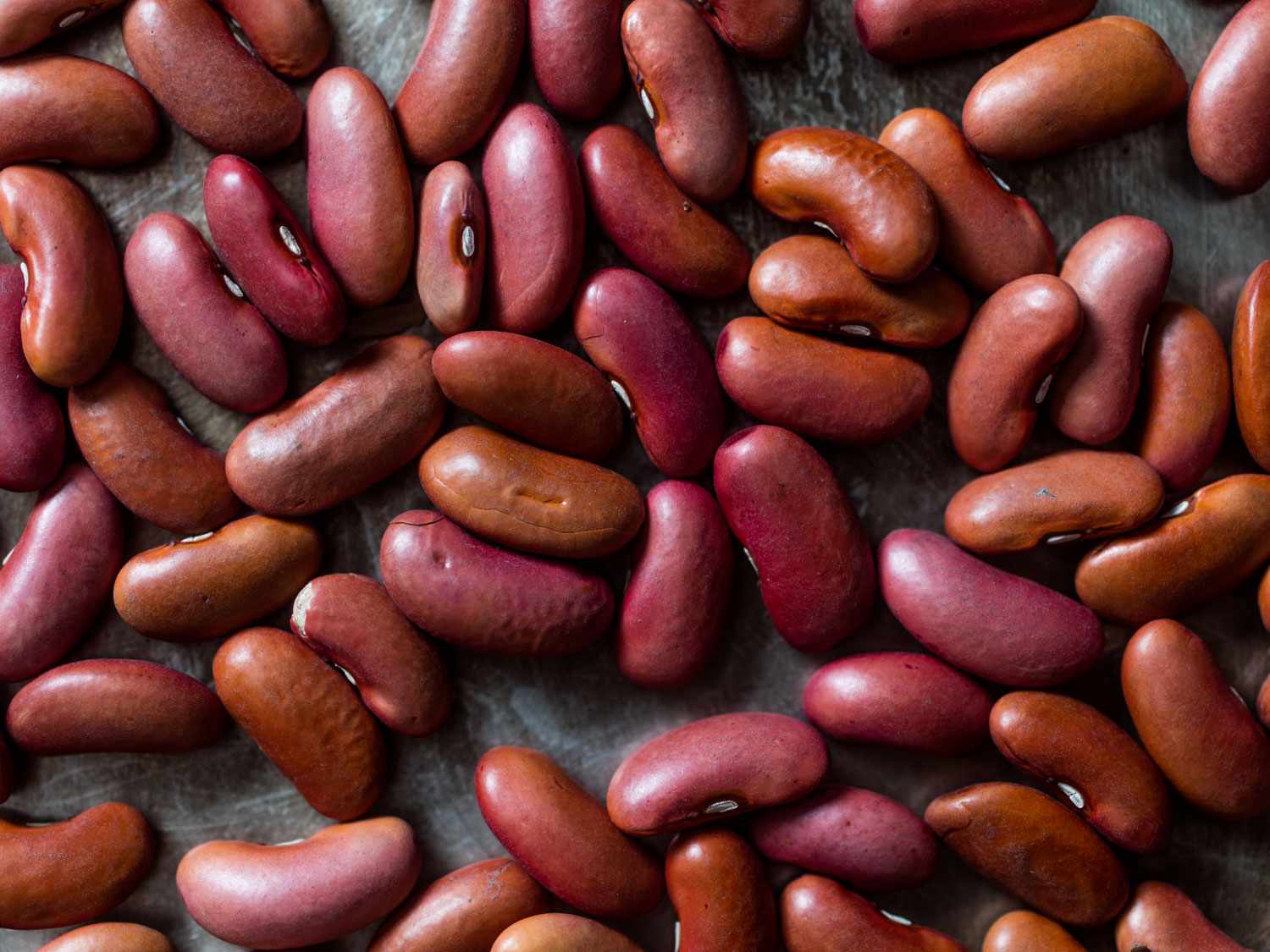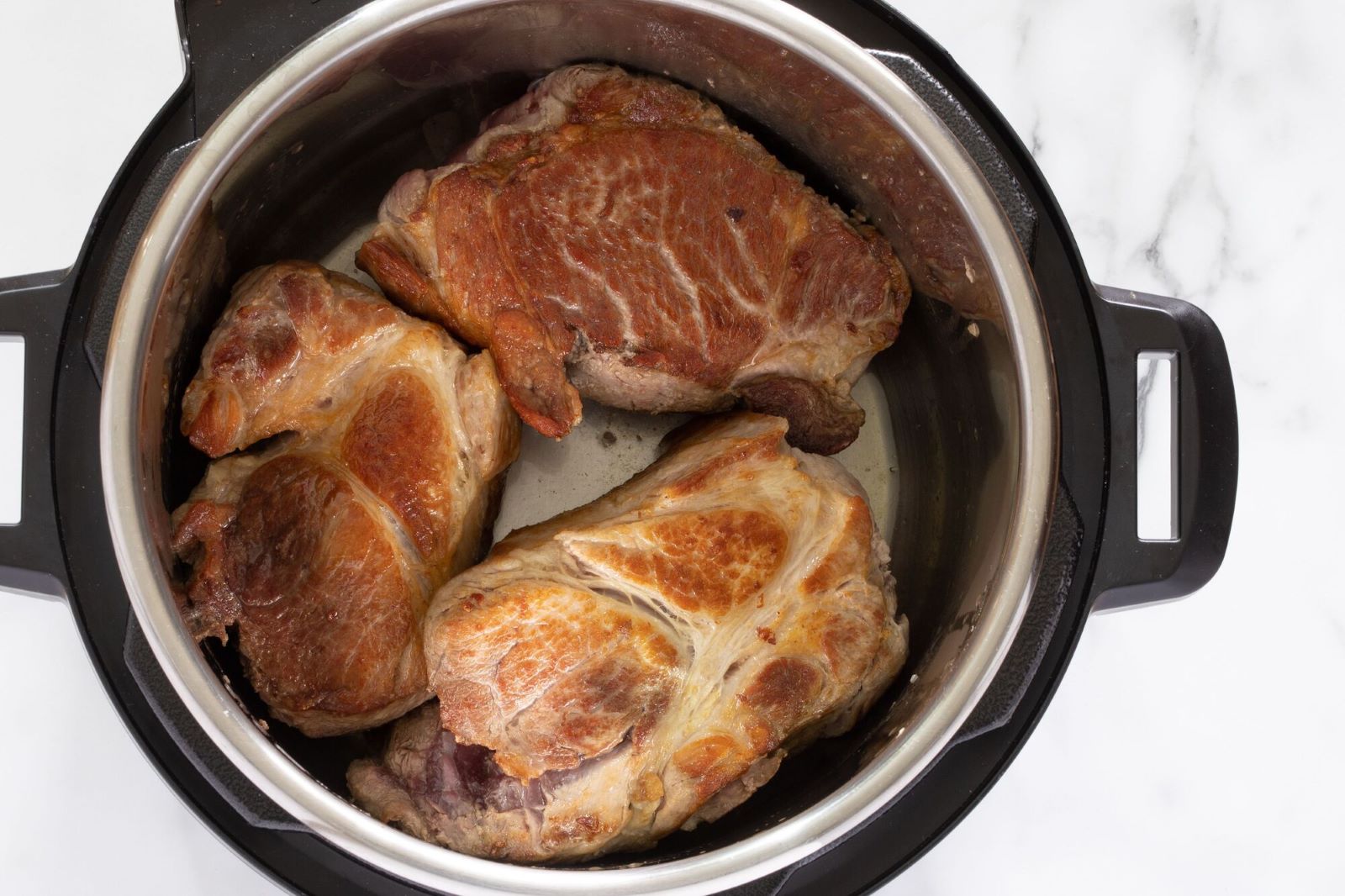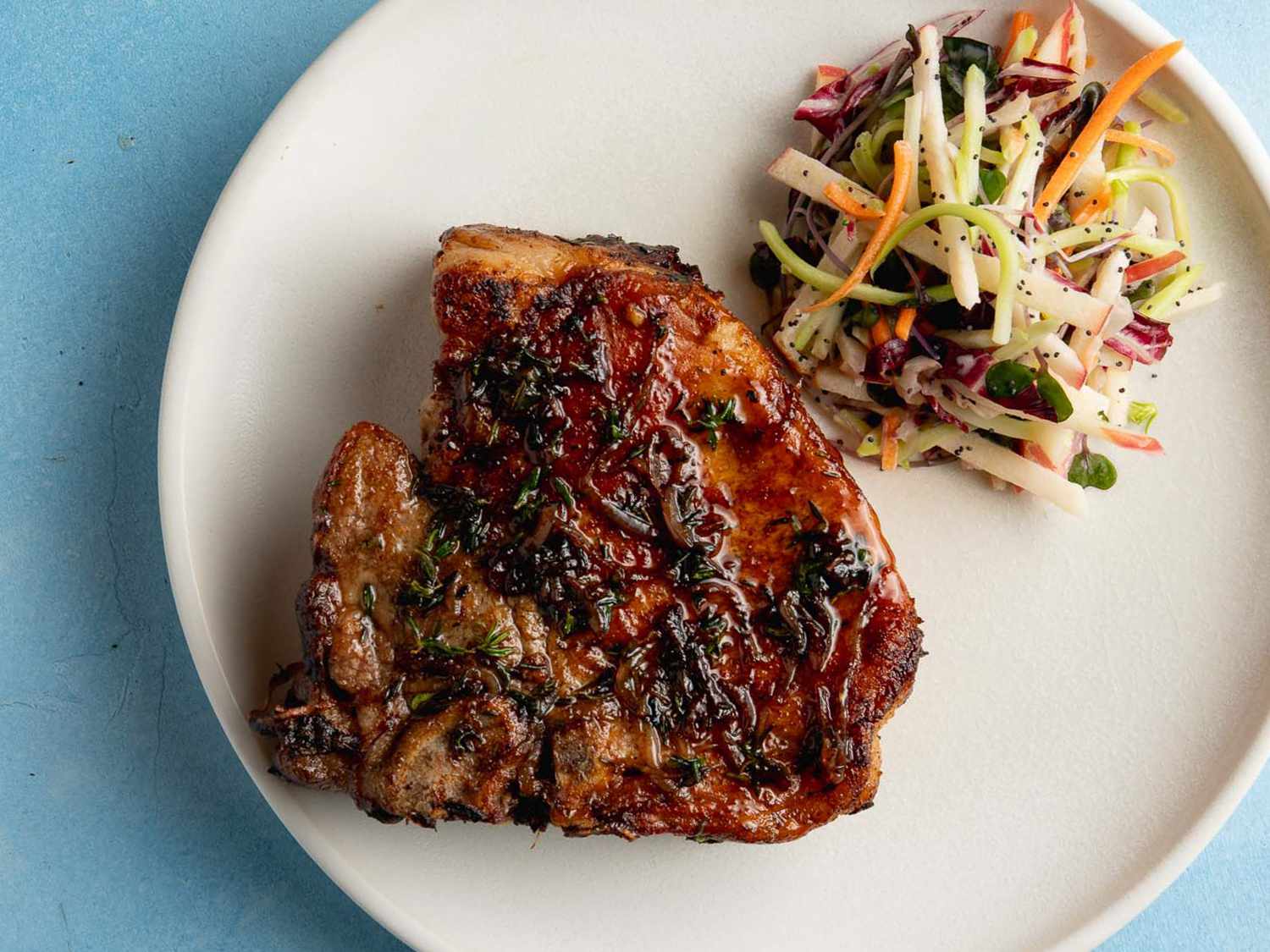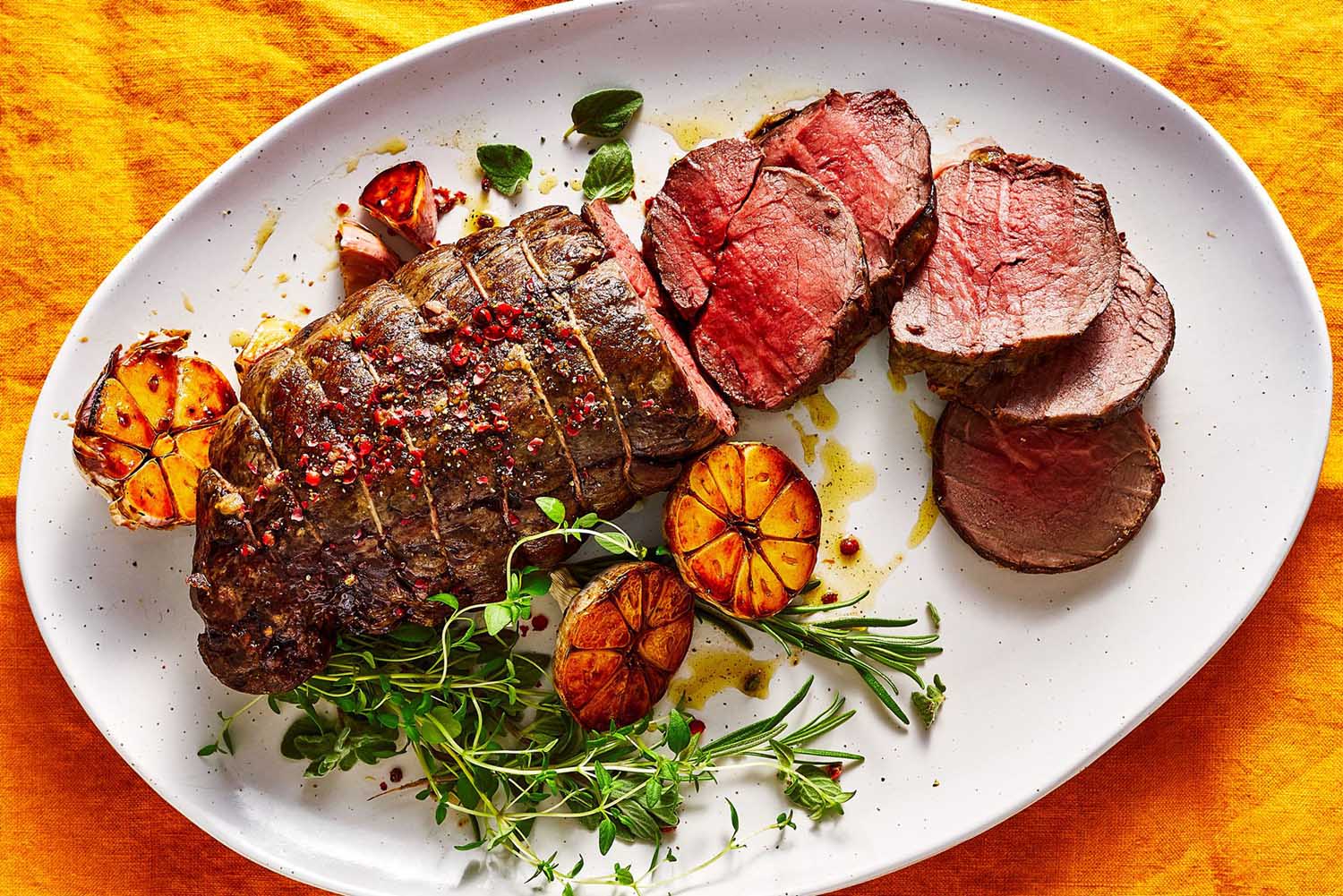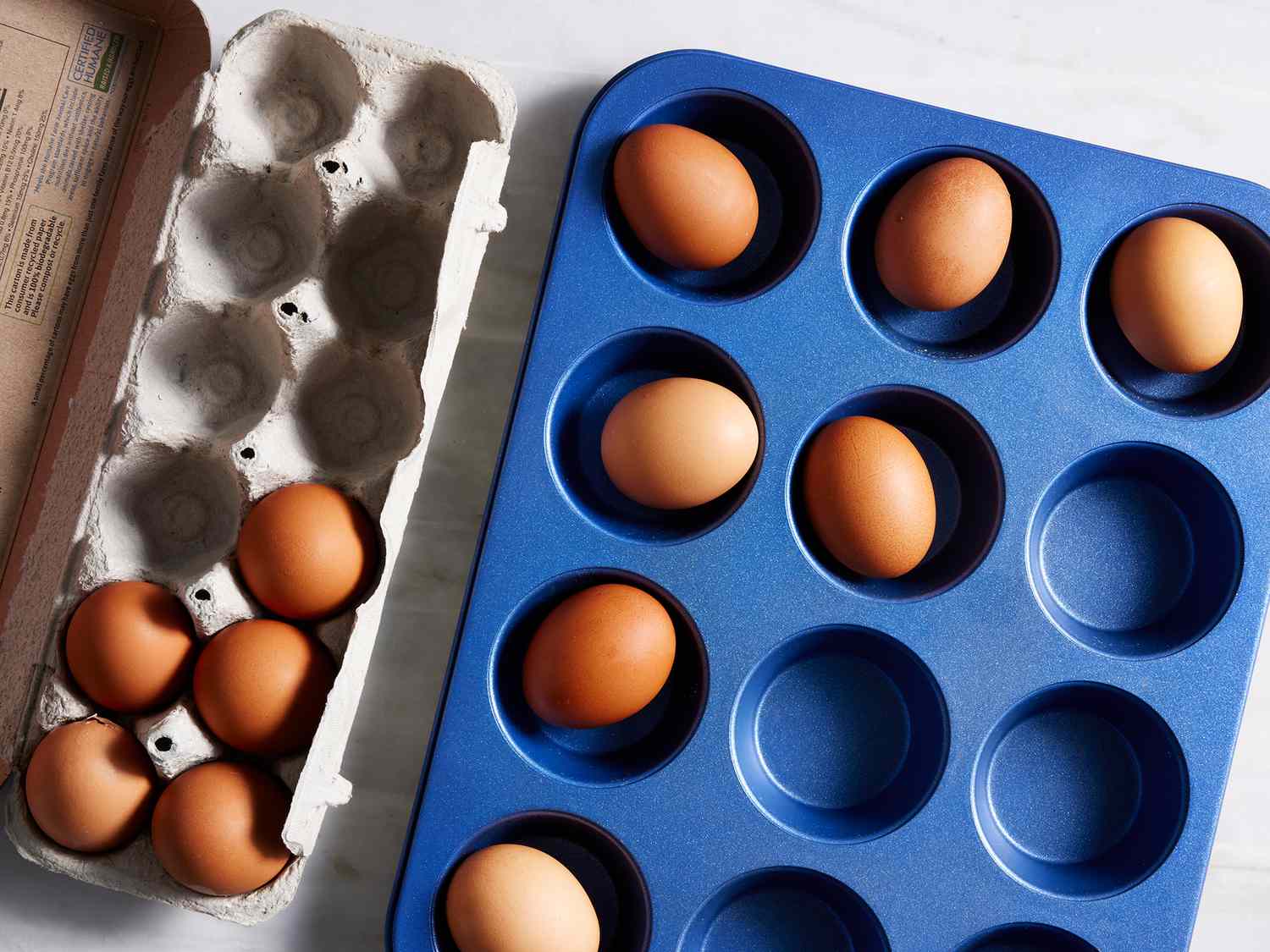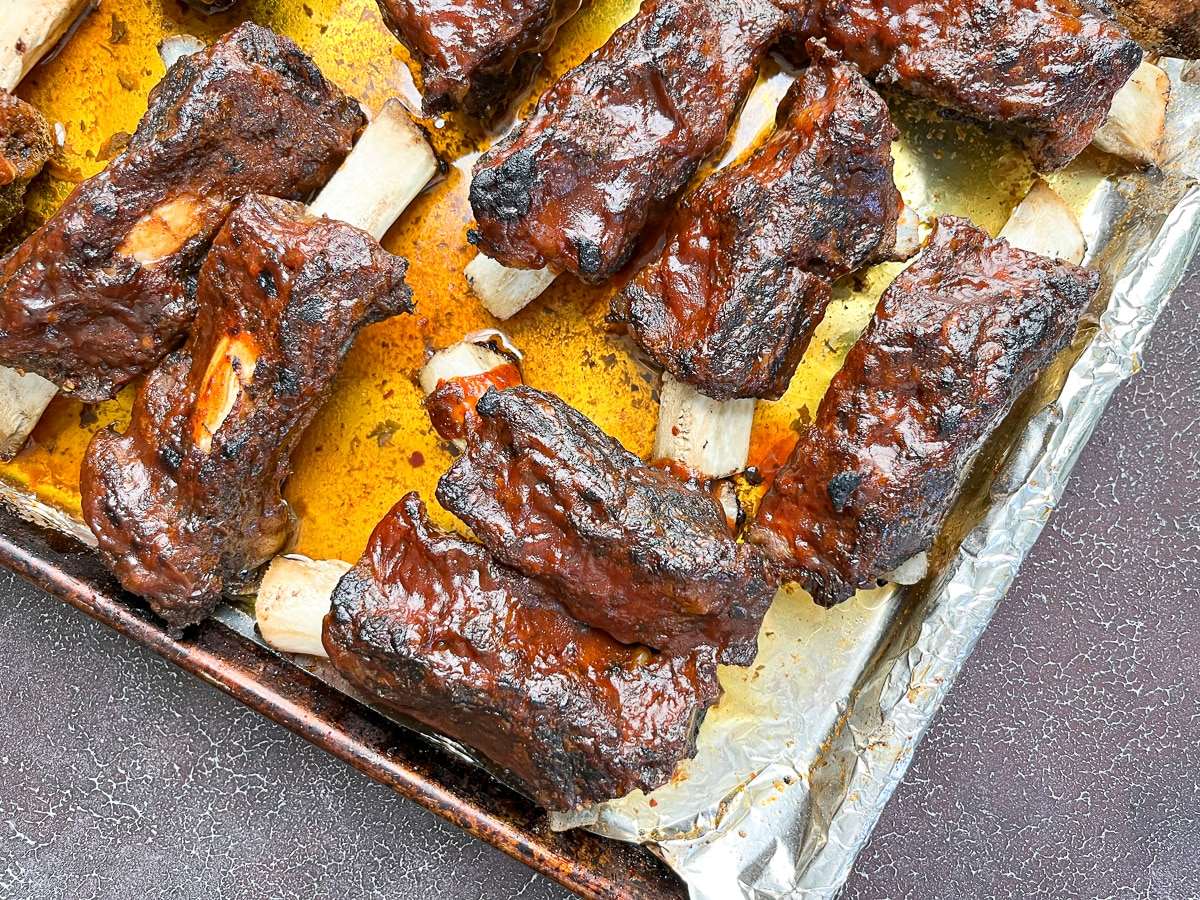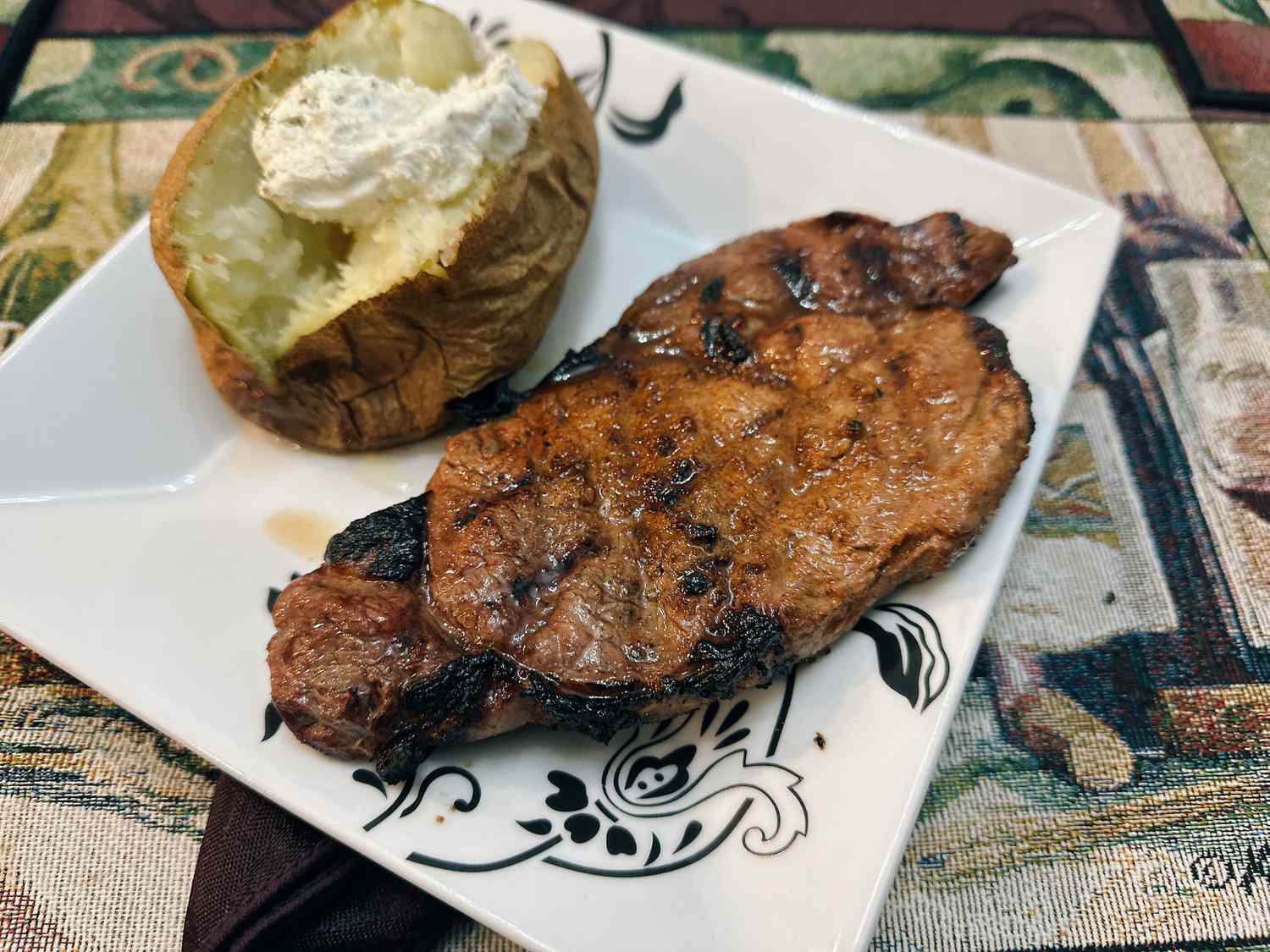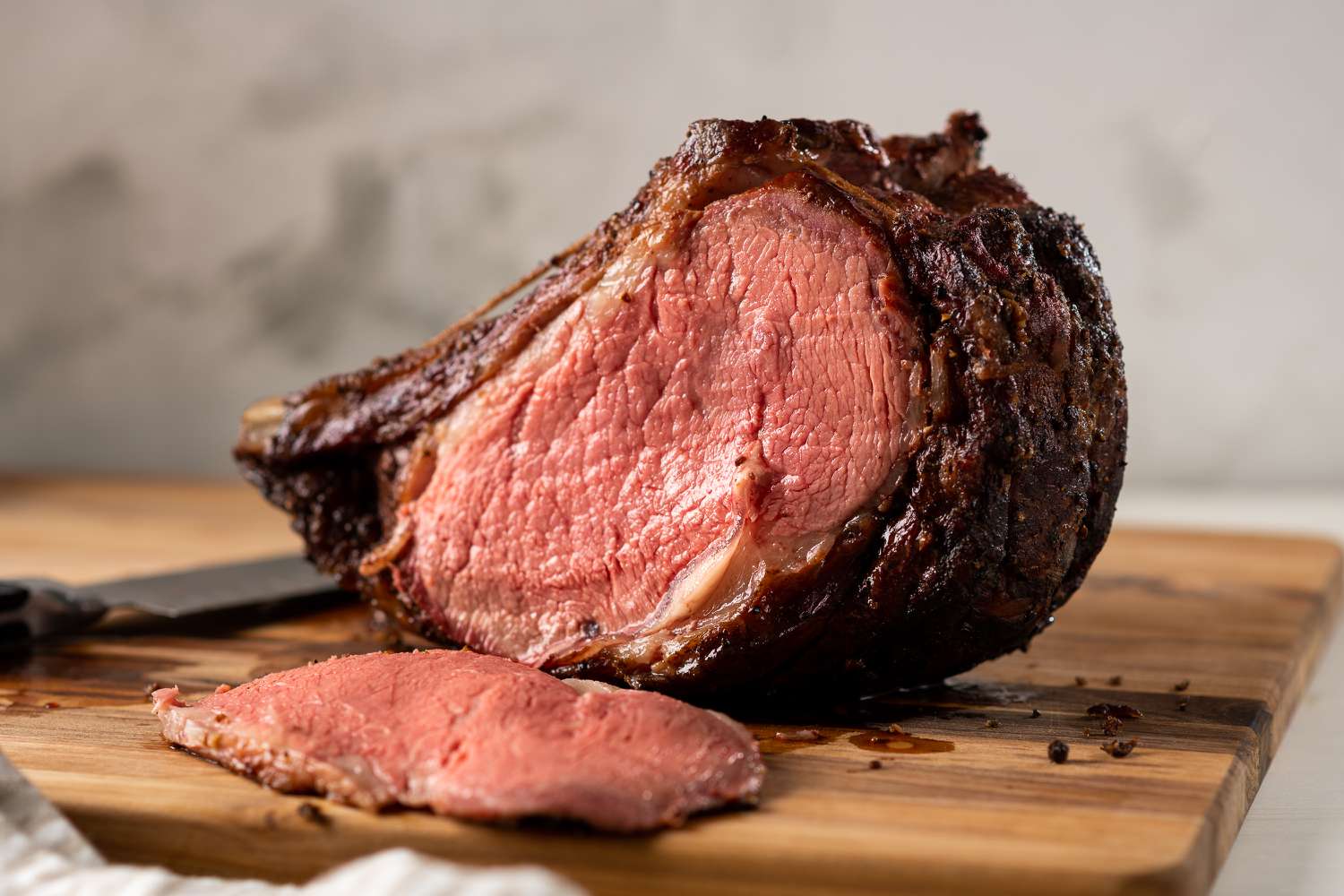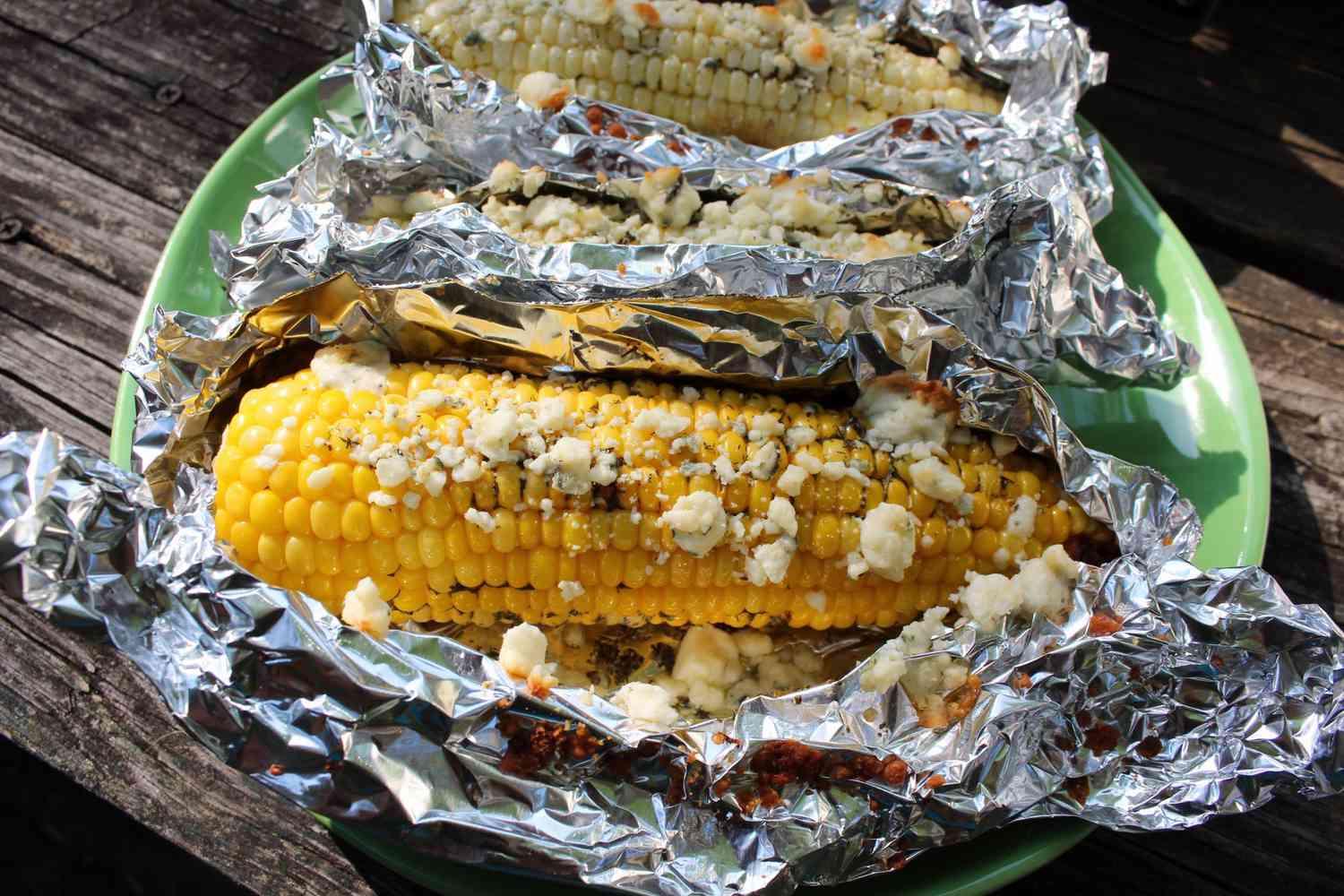Welcome to the Wonderful World of Red Lentils!
If you’re looking for a versatile, nutritious, and delicious ingredient to add to your culinary repertoire, then look no further than red lentils. These tiny legumes pack a powerful punch when it comes to flavor and health benefits. Whether you’re a seasoned cook or just starting out in the kitchen, learning how to cook red lentils is a skill that will open up a world of culinary possibilities.
Why Choose Red Lentils?
Red lentils, also known as Masoor dal, are a popular choice among legume enthusiasts for several reasons:
- Quick Cooking Time: Red lentils require a shorter cooking time compared to other lentil varieties, making them a convenient option for busy individuals.
- Nutritional Powerhouse: Packed with protein, fiber, folate, iron, and other essential vitamins and minerals, red lentils are a nutrient-dense ingredient that can contribute to a balanced diet.
- Versatility: Red lentils can be used in a wide variety of dishes, from soups and stews to salads and even desserts.
- Mild Flavor: With a delicate, earthy taste, red lentils are less overpowering than other lentil varieties, allowing them to adapt well to various flavors and seasonings.
Preparing Red Lentils for Cooking
Before you start cooking with red lentils, it’s important to give them a quick rinse under cold water to remove any dust or impurities. After rinsing, follow these simple steps:
1. Soak: While red lentils don’t require soaking like other legumes, you can choose to soak them for 20-30 minutes to help reduce cooking time and improve their digestibility.
2. Drain: After soaking, drain the lentils and give them another rinse.
3. Optional: Sauté: For added flavor, you can choose to sauté the lentils with some onions, garlic, and spices before adding liquid for cooking. This step is entirely optional but can enhance the overall taste of your dish.
Cooking Methods for Red Lentils
Now that your red lentils are prepped and ready, it’s time to explore various cooking methods:
1. Stovetop Cooking:
Ingredients:
- 1 cup red lentils
- 2 cups water or vegetable broth
- Optional: aromatics such as onions, garlic, and spices
Instructions:
- In a saucepan, bring the water or vegetable broth to a boil.
- If desired, sauté the lentils with aromatics in a separate pan until fragrant.
- Add the cooked lentils (or uncooked, if skipping the sauté step) to the boiling liquid.
- Reduce heat to low, cover, and simmer for 15-20 minutes, or until the lentils are tender.
- Season with salt, spices, or herbs according to your taste.
2. Pressure Cooker:
Ingredients:
- 1 cup red lentils
- 1.5 cups water or vegetable broth
- Optional: aromatics such as onions, garlic, and spices
Instructions:
- In the pressure cooker, combine the lentils, water or broth, and aromatics.
- Cook on high pressure for 4-6 minutes.
- Naturally release the pressure for 5 minutes, then quick-release any remaining pressure.
- Season with your favorite spices or herbs and serve.
3. Slow Cooker:
Ingredients:
- 1 cup red lentils
- 3 cups water or vegetable broth
- Optional: aromatics such as onions, garlic, and spices
Instructions:
- In a slow cooker, combine the lentils, water or broth, and aromatics.
- Cook on low for 4-6 hours or on high for 2-3 hours, or until the lentils are tender.
- Season with your preferred spices or herbs.
Enjoying Your Culinary Creations
Now that you’ve mastered the art of cooking red lentils, it’s time to savor the delicious results. Here are some serving suggestions:
- Red lentil soup with crusty bread
- Lentil salad with fresh greens and a tangy vinaigrette
- Red lentil curry served over fluffy basmati rice
- Lentil hummus for a healthy and protein-rich dip
- Red lentil cookies for a unique and nutritious dessert
With the versatility of red lentils, the possibilities are endless. So, dig in, get creative, and explore the wonderful world of red lentils. Happy cooking!
Was this page helpful?
Read Next: How To Cook Chicken In Crockpot For Tacos
